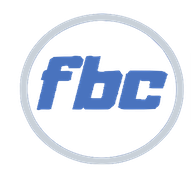Oversize Load Restrictions
[box type=”shadow”]Traveling on interstate highways can be a hassle for a regular car, but for an oversize load or over-dimensional load, the trips are twice as slow, twice as dangerous and twice as legally complicated. There are several important regulations to follow when transporting an oversize or over-dimensional load on…

